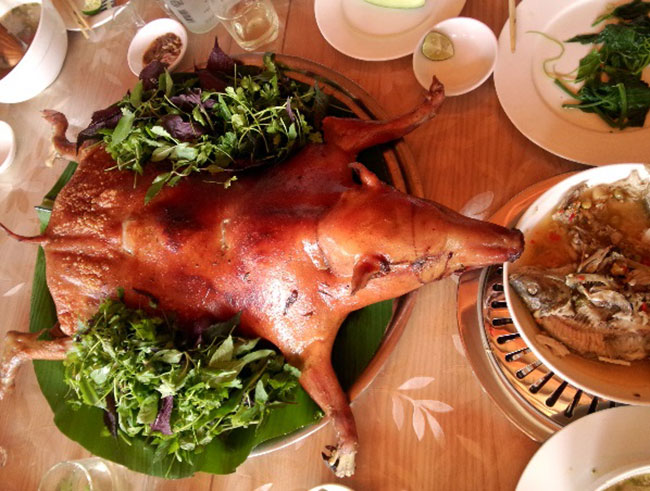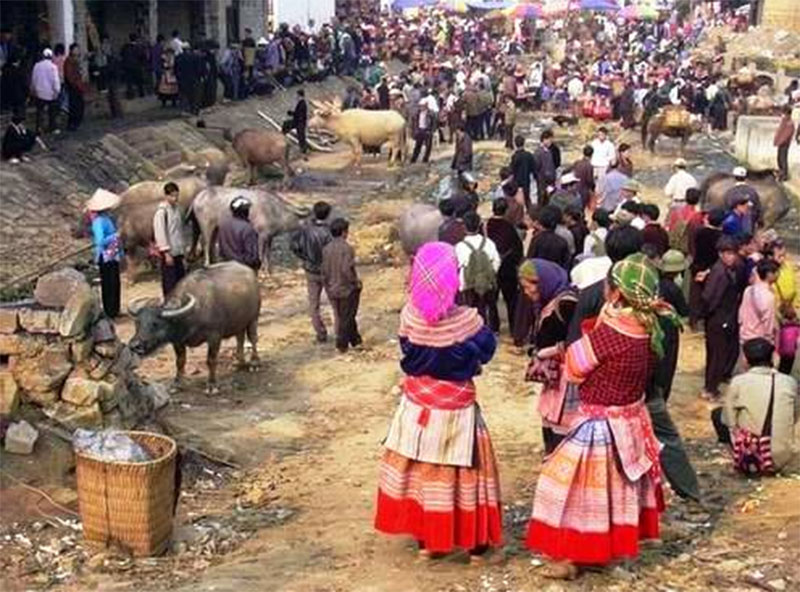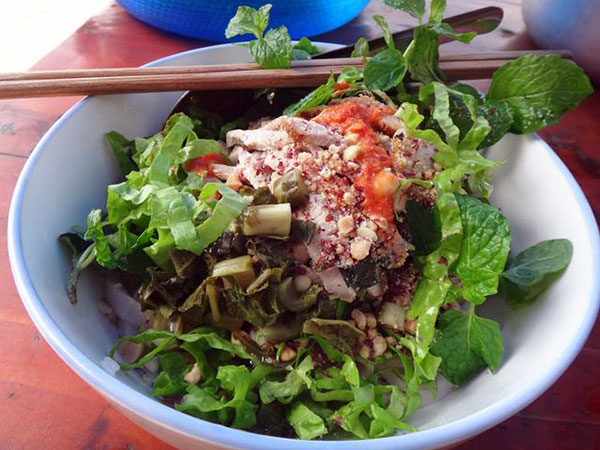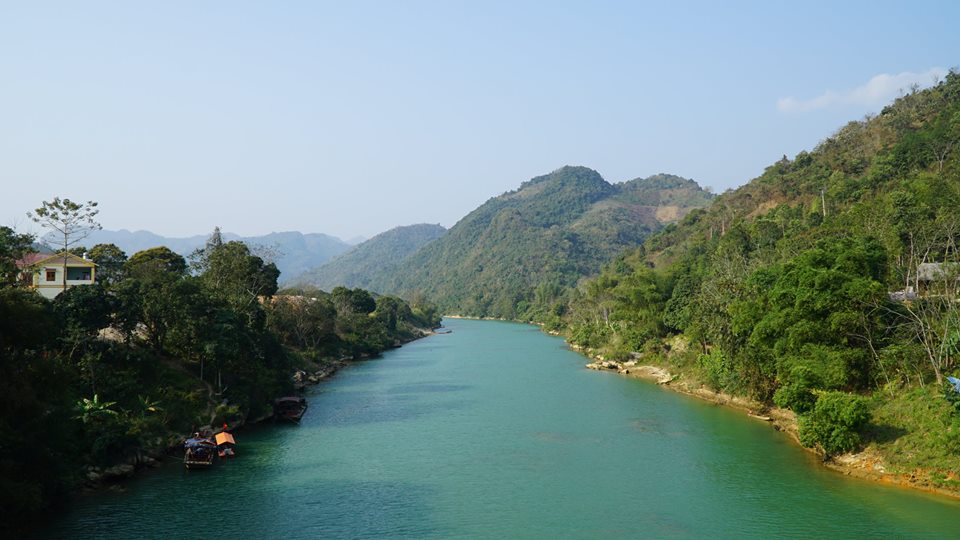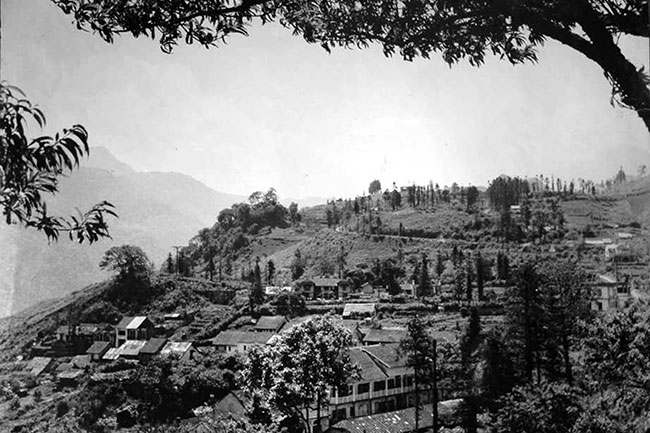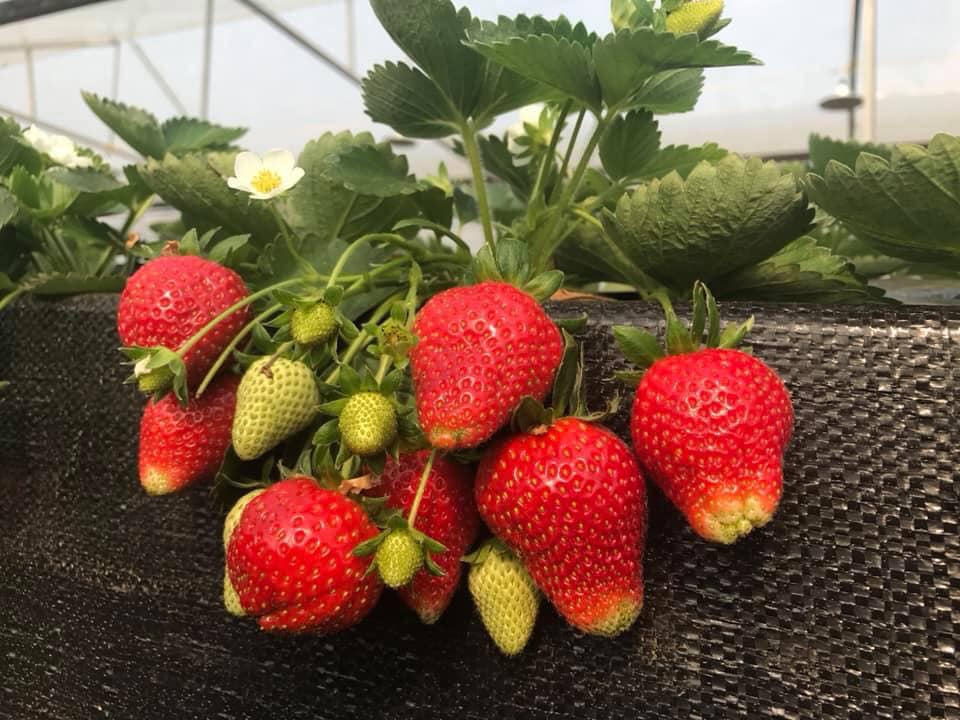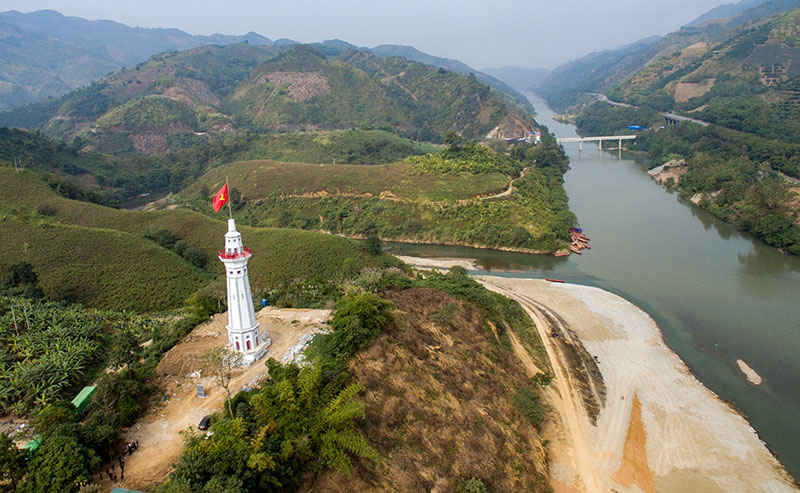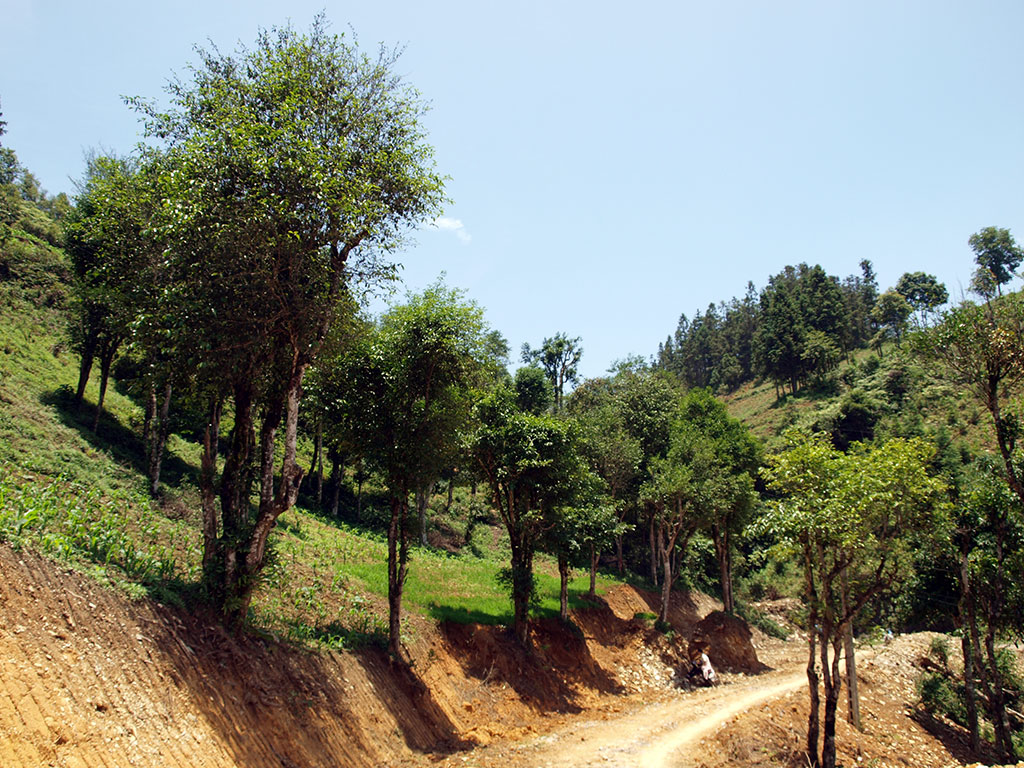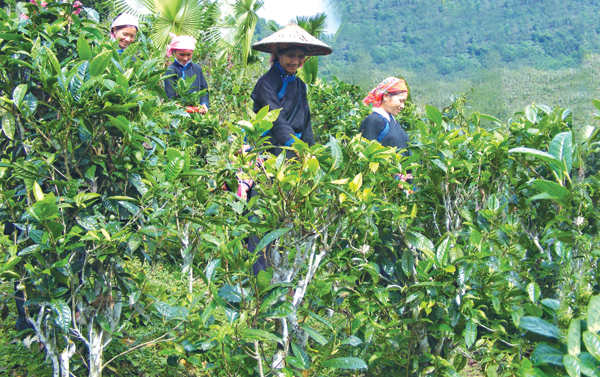X
In Vietnam, the Thu Lao people are classified as Tay, but they live relatively isolated, so there are many distinct cultural features with ethnic groups. Village of Thu Lao people gathered in the mountains. There is also a sacred forest called Lung Sang, worshiped by the villagers as the protection of the community.

According to the concept of Thu Lao in Ta Gia Khau commune, Muong Khuong district, Lao Cai province, the sacred forest is the shelter of the gods - the shelter, protection and protection of the village is peaceful, these members health, solidarity, breeding animals grow, lush plants, bumper harvests ... So sacred forest is protected and caring people very caring. At present, Ta Gia Khau commune has four types of forest: natural forest (small hill); Planted forests (Dac pac), forests divided by groups (diphthong); Forest trees. In each of the villages of Thu Lao village, the community has set up village regulations which are very clear, short, easy to understand and easy to remember about the exploitation and protection of forests. In particular, the protection of forests, watershed forests, especially the Thu Lao people attach importance and implementation with high sense of responsibility.
Accordingly, the forest is managed by the forest god, the village is managed by the local and each house has gods at the gate. Human life is protected by the gods: the Sun, the Ancestors, the Earth, the Forest Spirit, the Lady and the God of the Door. Among these gods, there are three associated with the creed of the goddess: the god of the forest, the god of the land and the guardian of the door.
In La Ho village, Thu Lao people still protect and preserve a primeval forest. This forest is located in the southwest of the village, with an area of about 6 hectares, with many ancient trees such as grit, paving, nail, both effective to protect water and protect the village wind. Forests are holy places so only male men are entitled to enter the ceremony. In their sense, the forest not only provides land for living and production, but also provides food, medicine, wood for house and wood for making home-use and handicraft products. .
The harvest festival is held twice a year, in the sacred forest of the village, on the last day of January (May afternoon) and the last day of May. . Worship in the spring is made at the base of the mother tree - forest god wife, pray for pets are not sick, sick dead (after the worship will ban "bang", ban 3 - 4 days) . Summer sacrifices are made at the base of the father tree (na bu gio) - god of the forest husband, may the god of forest support the "people still, prosperous", demand for fresh crops, in the fields, the rice is not white (after the worship festival does not ban) ... In the summer forest festival, people know to do folk games assigned the task of masks, pillars, sticks, children spinning, badminton, circular bridge ... for the community to play after the holidays. Although, held at two different times but the rites, rituals are made the same.
Before the holidays, the heads of the household gather at the village head to hold a meeting, calculate the gifts, contributions, assign work to the members and choose two worshipers (middle-aged, prestigious , understand and practice rituals and words of prayers, families living in harmony, happiness, having many children ...). Presiding over the ceremony are two worshipers wearing traditional costumes wearing hat or black scarf: 1 master and 1 master. The master cooks a roll of cloth, 3 silver rings, 1 incense stick, gold coins, wine, salt, pots, bowls, chopsticks, bowls ... all in one basket. The side-scissors used to fold paper folded, cut into shapes to decorate at the ceremony in the forest.
According to the regulations, each year, two household heads are responsible for shopping, cooking and cooking in the forest. These two are auxiliary to the two worshipers when the ceremony with the forest god. These two, when cutting meat, cut back two legs and chicken heads, legs to tie to the chicken head, so that the teacher chooses to assign duties to the maid the next year. The person receiving the right leg has to tie the head of the chicken, as the main helper, the receiver of the left leg as a supporting person. Often, the family heads of two clans are selected for pairing and rotating in order, from the village head to the end of the village. These two people are responsible for preparing the offerings, cooked food to serve the healer and prepare to put the tray to the villagers eating in the forest. During the worshiping of the forbidden forest, families with relatives or livestock die, the head of the family is not allowed to participate, if not the devil will return to the village to harm people, animals and plants in the village.
Often religious offerings include: two golden feathers or red feathers, fat legs, red crest straight up and weighing 1 kg or more - a donkey in the father tree (god forest husband) above, a donkey in the mother tree (wood forest wife) the bottom of the tree; A black pig from 15 to 20 kg; A white fabric (whimsy); 2 bottles of wine; some compress (scent). In addition to the ceremony
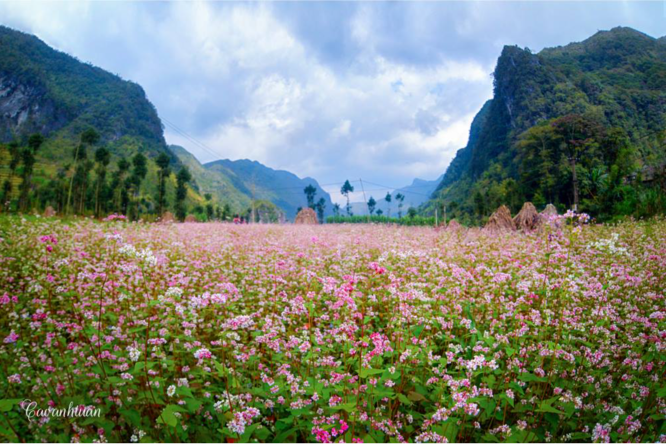
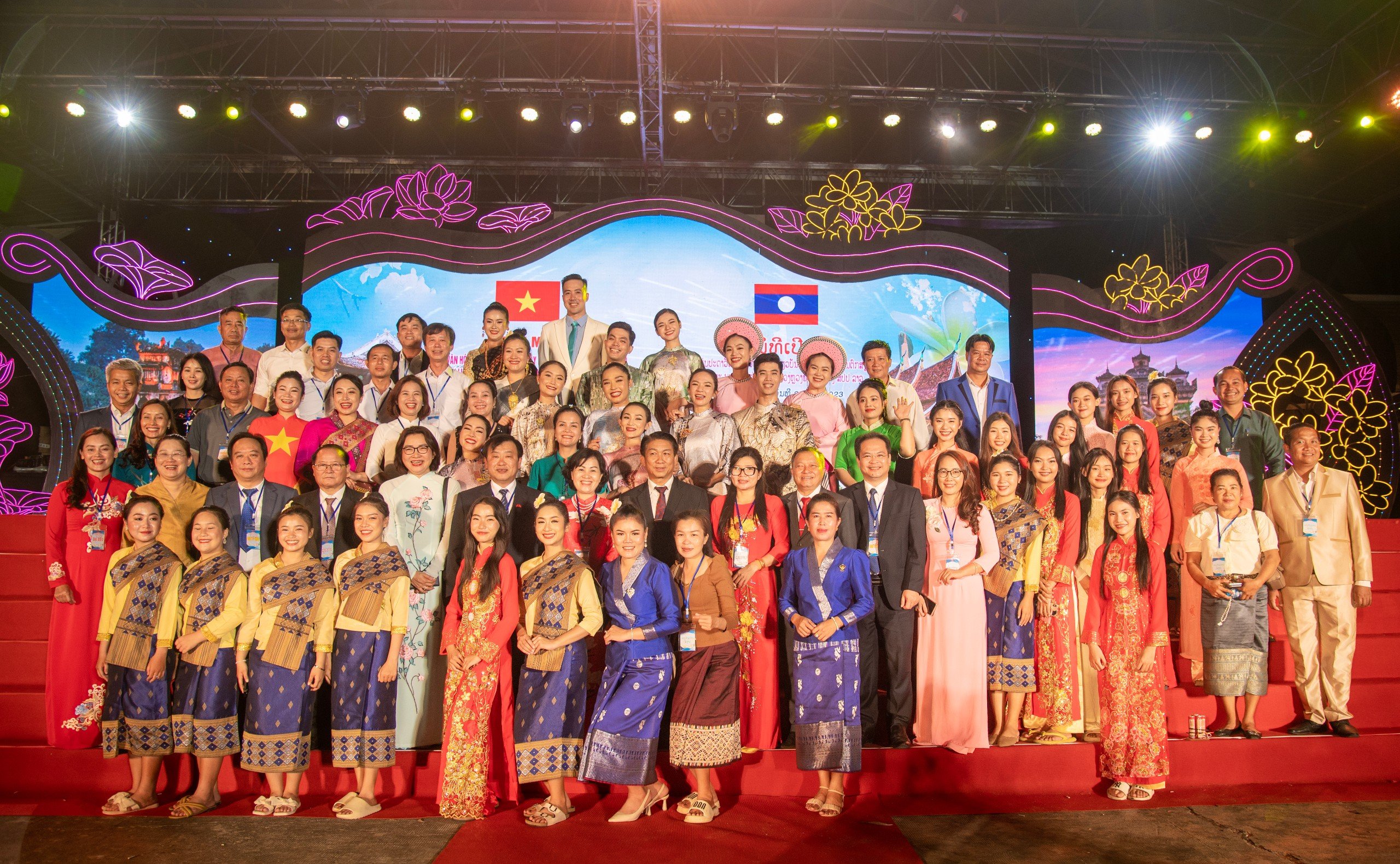
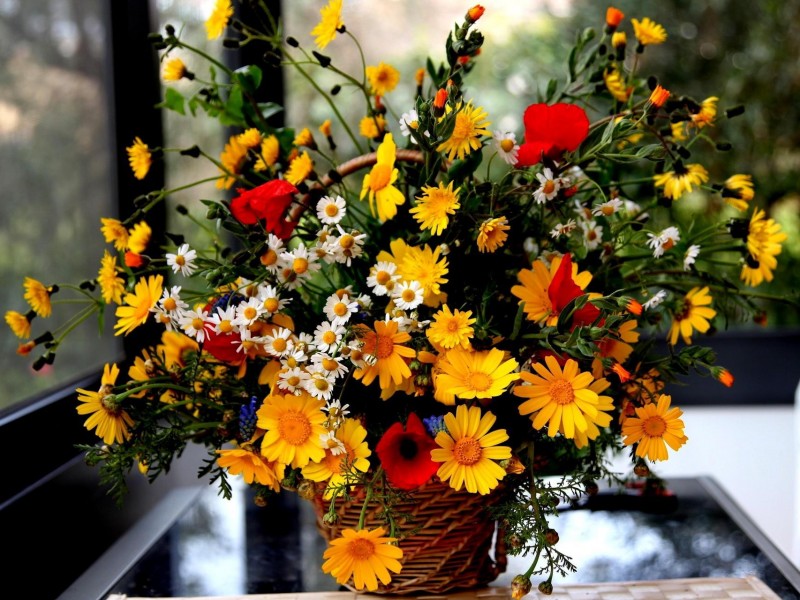
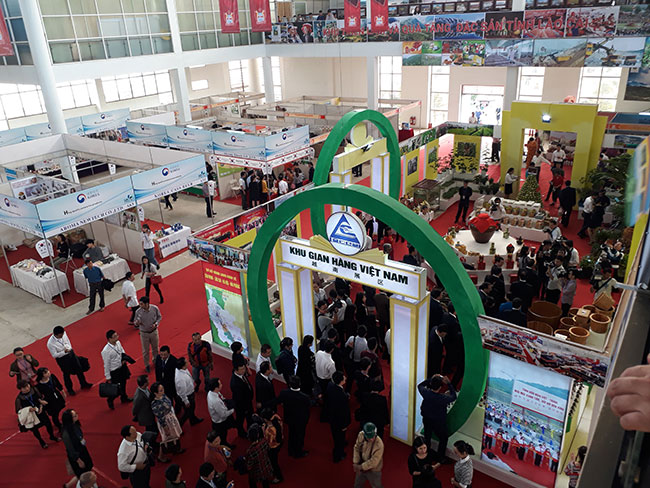
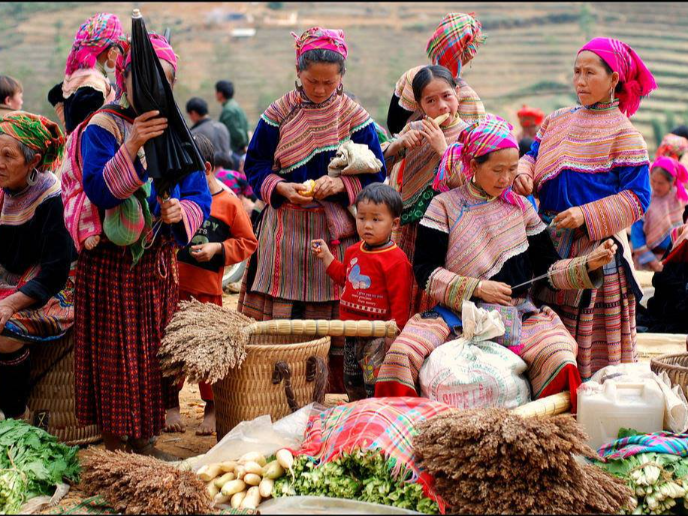
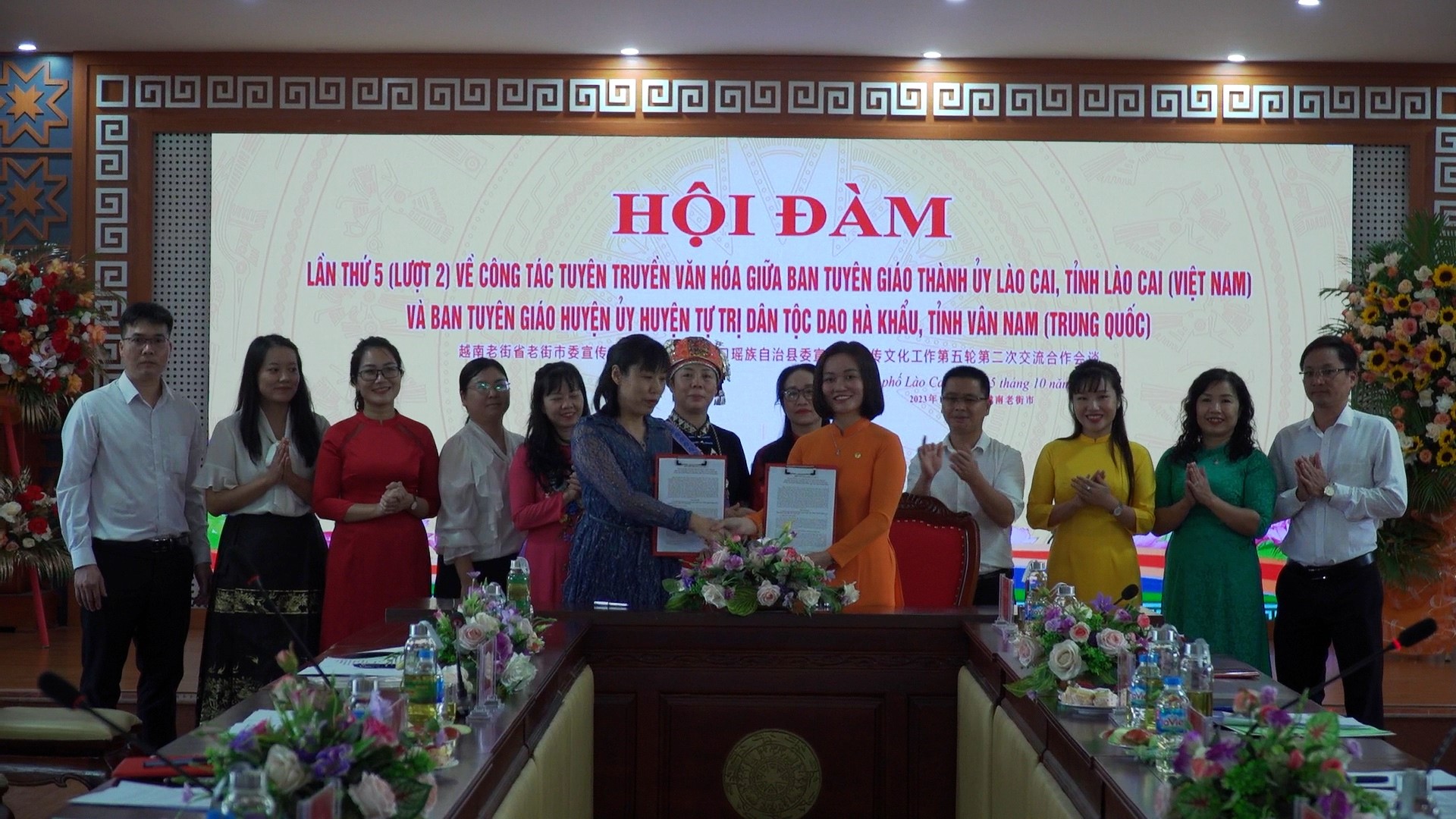
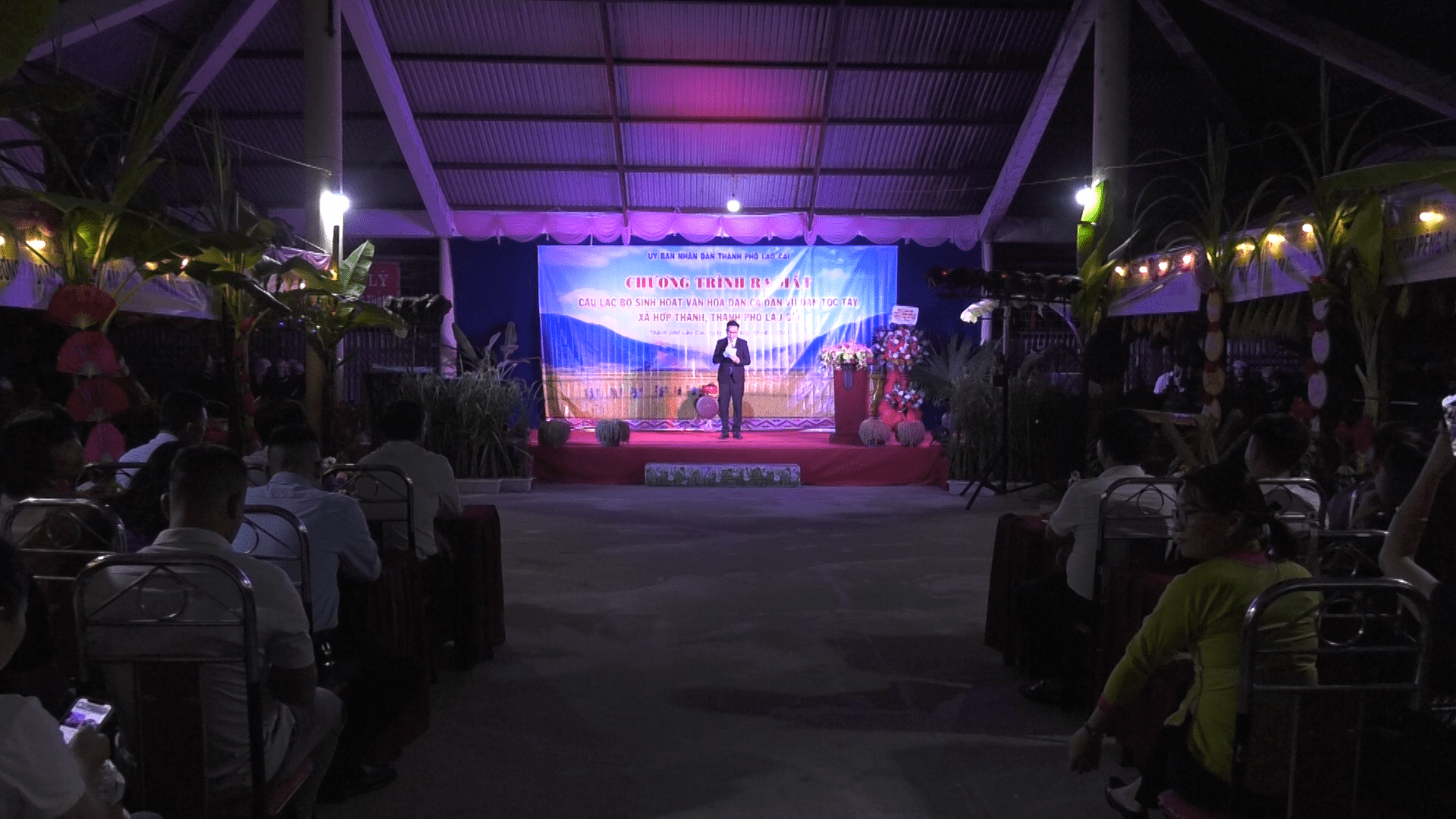
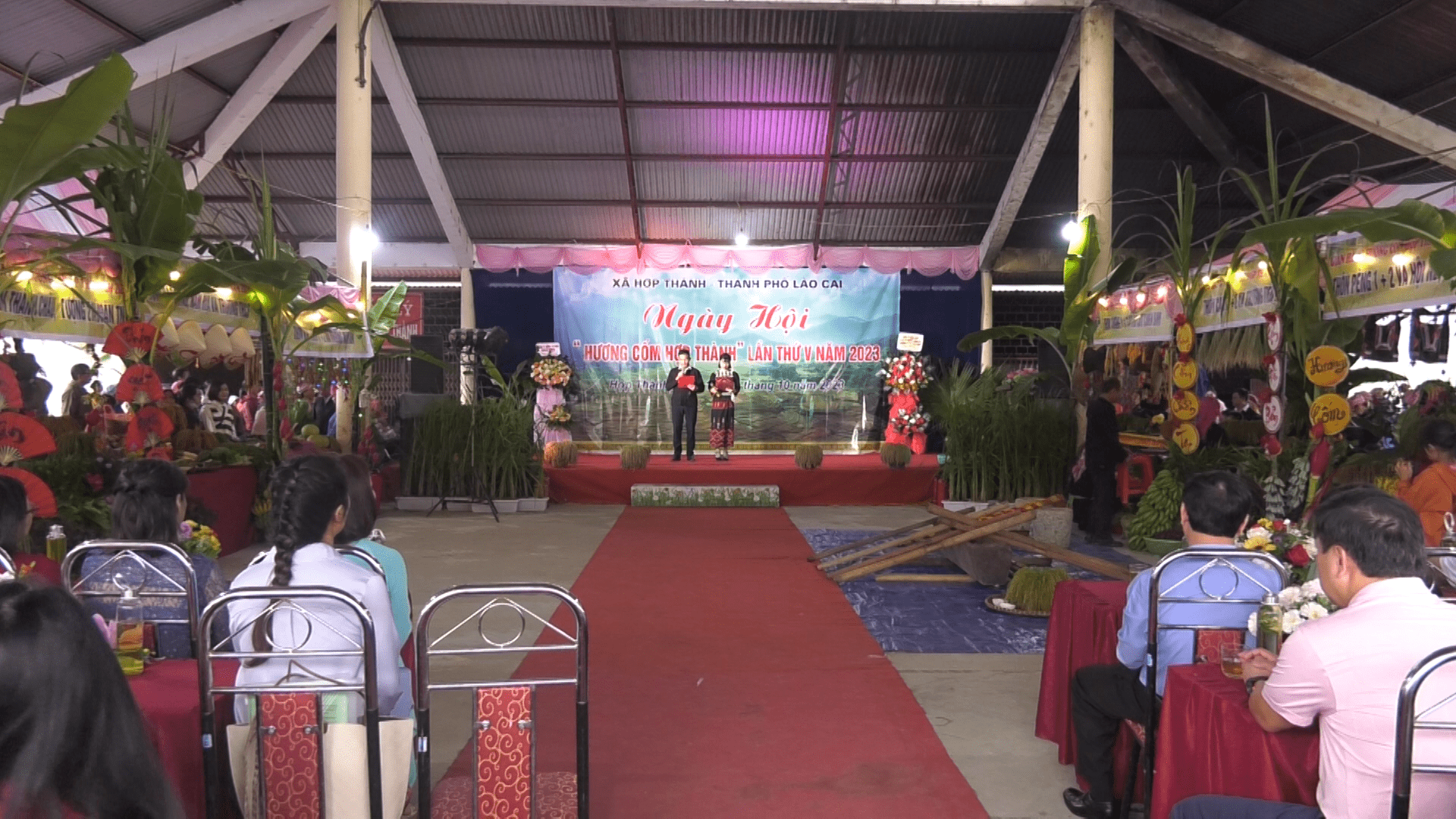


%20v%e1%bb%9bi%20Trung%20Qu%e1%bb%91c/dao-bac-ha_636931637798307905.jpg)
